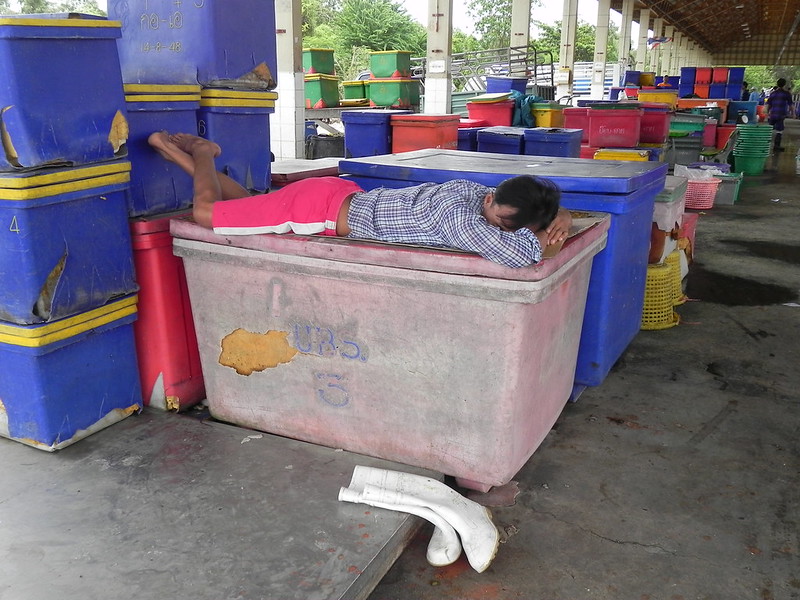No Child Left Behind: Child Labor in Myanmar
 Child labor in Myanmar, formerly known as Burma, has been a problem in the country for many years. Some efforts have been made to reform this issue in the past, yet the numbers remain high. However, new initiatives and legislation provide a hopeful outlook for Myanmar’s children’s future.
Child labor in Myanmar, formerly known as Burma, has been a problem in the country for many years. Some efforts have been made to reform this issue in the past, yet the numbers remain high. However, new initiatives and legislation provide a hopeful outlook for Myanmar’s children’s future.
Child Labor
Child Labor takes many shapes and children across the world are exploited in a variety of ways. In Myanmar, child labor is primarily used for agriculture, services and manufacturing. Regarding the statistics, the Ballard Brief verifies child labor as “58.3% in the agriculture division, 24.2% in the services division and 17.5% in the industrial division.”
Furthermore, the International Labor Organization (ILO), whose work in Myanmar is extensive, illustrates that “one in every 11 children in Myanmar is trapped in child labor – deprived of their childhood, health and education.” These numbers remain staggering but contextually are promising as they steadily decrease.
The Cause and Conditions
It is no secret that high poverty levels drive all family members to pursue a source of income. The higher the poverty in Myanmar, the more prevalent child labor will be in Myanmar. Addressing the issue of poverty is another way to protect the children of Myanmar, not only from dangers in the workforce but also from the dangers of lacking basic human necessities.
An article published by the United Nations (U.N.) in Myanmar has determined that “Poverty and crises are key to driving children into work.” The article stated specifically that “children in Myanmar between 5 and 17 years old are trapped in child labor, with more than half of them involved in hazardous work that directly endangers their health, safety and moral development.”
Understanding the causes of child labor assists governments, nongovernmental organizations (NGOs) and everyday people in developing quality solutions.
What’s Being Done
Many promising efforts are underway and currently in progress to tackle child labor. Myanmar has now ratified both International Conventions on child labor and the ILO’s on-the-ground projects have reduced child labor by 55% in three years in three pilot areas. In light of the significant reduction in these pilot areas, there is hope that once expanded, child labor will decrease.
Additionally, the United Nations Children’s Fund (UNICEF) is making significant strides to assist the children of Myanmar. UNICEF combats child labor in Myanmar by supporting government policy reforms and advocating for stronger child protection laws. It promotes access to quality education to keep children in school and away from labor.
Though child labor remains a significant challenge, the solutions are continually evolving and expanding. This growing momentum by Myanmar’s government and NGOs will help to eradicate child labor in the country.
– Abigail Johnson
Abigail is based in Oklahoma, USA and focuses on Good News and Global Health for The Borgen Project.
Photo: Flickr
